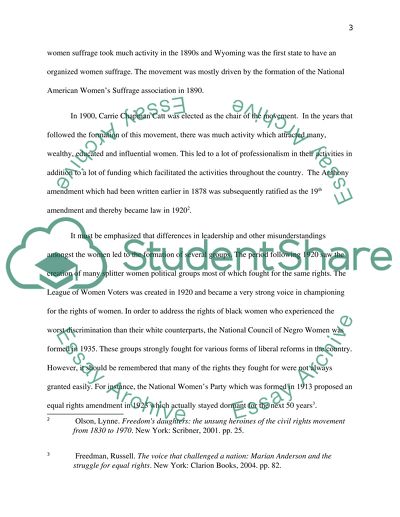Cite this document
(“American History Women's Rights Reform Movements from 1877 to 2013 Research Paper”, n.d.)
American History Women's Rights Reform Movements from 1877 to 2013 Research Paper. Retrieved from https://studentshare.org/history/1475580-american-history-women-s-rights-reform-movements
American History Women's Rights Reform Movements from 1877 to 2013 Research Paper. Retrieved from https://studentshare.org/history/1475580-american-history-women-s-rights-reform-movements
(American History Women'S Rights Reform Movements from 1877 to 2013 Research Paper)
American History Women'S Rights Reform Movements from 1877 to 2013 Research Paper. https://studentshare.org/history/1475580-american-history-women-s-rights-reform-movements.
American History Women'S Rights Reform Movements from 1877 to 2013 Research Paper. https://studentshare.org/history/1475580-american-history-women-s-rights-reform-movements.
“American History Women'S Rights Reform Movements from 1877 to 2013 Research Paper”, n.d. https://studentshare.org/history/1475580-american-history-women-s-rights-reform-movements.


